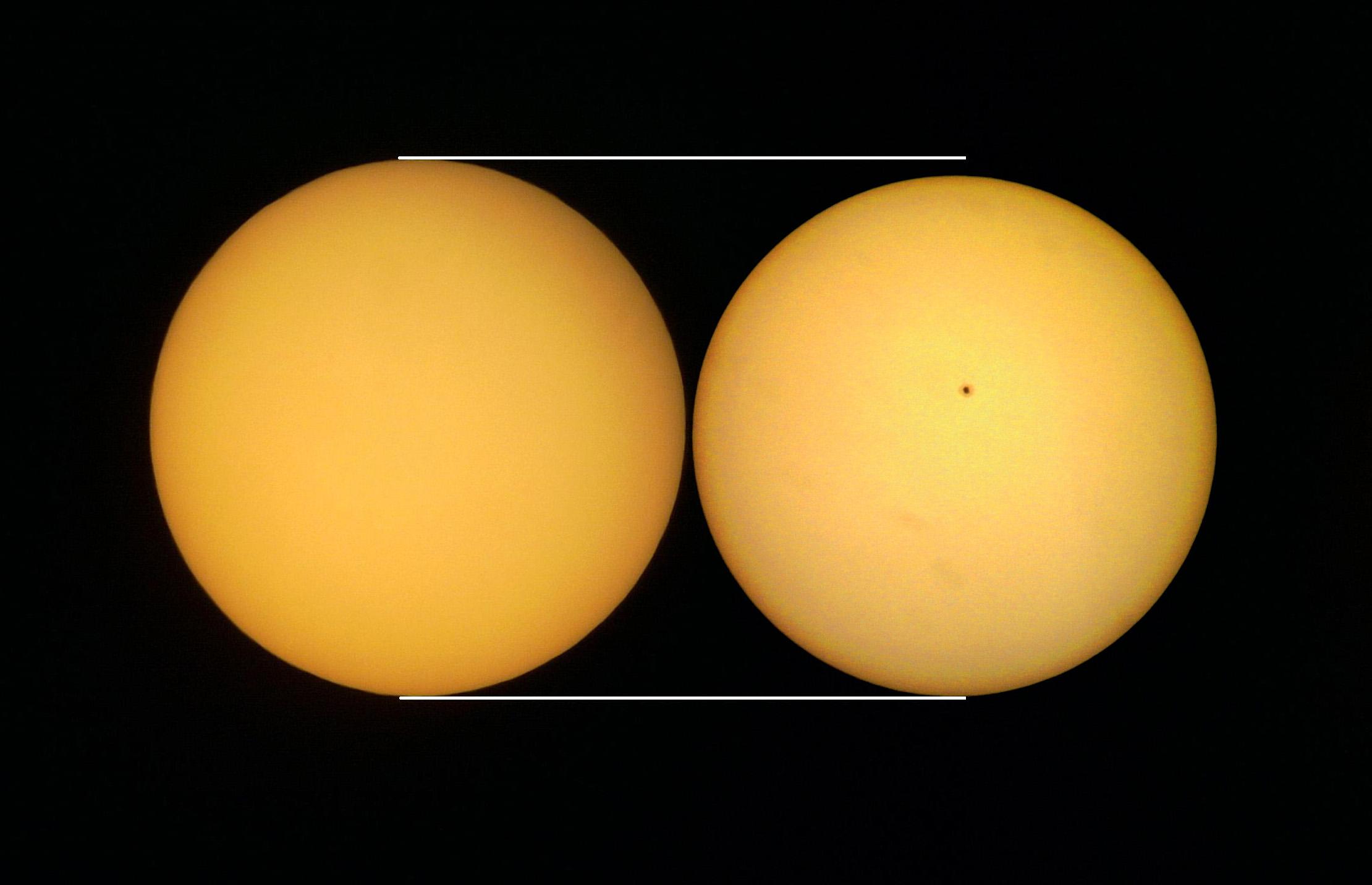The United States is not increasing the number of research articles (science and engineering) it publishes. We still produce more than any other country but our rate of growth is level while other countries are producing papers at an accelerated rate.
A new National Science Foundation (NSF) report finds the number of U.S. science and engineering (S&E) articles in major peer-reviewed journals flattened in the 1990s, after more than two decades of growth, but U.S. influence in world science and technology remains strong.
The report, Changing U.S. Output of Scientific Articles: 1988 - 2003, finds changes occurred despite continued increases in funding and personnel for research and development. Flattening occurred in nearly all U.S. research disciplines and types of institutions.
In contrast, emerging Asian nations had large increases in publication numbers, reflecting their growing expertise in science and technology. European Union totals also went up.
This is not a surprise to anyone who even glances at the literature today. Check out
arXiv.org and you'll see more and more preprints from outside the Unites States. True, many of these are from the states but more and more are not.
Still, the NSF finds some positive news:
"In addition to numbers published, one should look at another very important indicator -- article quality," said Derek Hill, senior analyst and a coauthor of the report. "The more often an article is cited by other publications, the higher quality it's believed to have. While citation is not a perfect indicator, U.S. publications are more highly cited than those from other countries."
In raw numbers, the United States continues to publish far more articles than any other country and remains a major force in world S&E. However its overall share of published articles has declined while other nations produce more.
And how are other nations doing in publishing?
Four Asian societies--China, Singapore, South Korea, and Taiwan--out-distanced all others in the world between 1992 and 2003 with an average annual growth rate of 15.9 percent in publications.
According to the report, Japan's article output rose at an average annual rate of 3.1 percent, five times faster than the United States.
The European Union, which passed the U.S. several years ago in total numbers of articles published, posted an average annual growth rate of 2.8 percent during the same period, more than four times faster than the United States.
It's no secret that the U.S. is ahead now in total numbers but we will not stay there for long. Witness, for example, who is doing basic research in physics ---the Europeans at CERN while our basic research stalls.
The truth is that it's very difficult to get funding for research in industry today. It's tough to get funding at universities, too. And do you know what else? When you get funding there is little support to publish. In fact, the trend is not to publish so as not to tell others (competitors) what you are doing.
I am now writing a paper on some of my work and the one thing that comes out is: tell enough to get the idea across but not so much that others can reproduce what I've done. For a company, that makes sense because, after all, the company is in business to make money. If the company tells others how to do what we now do, well, it won't be long before our market share dwindles to little. However, this trend is now true at universities where professors and administrators seek to patent and sell research. It didn't used to be that way: professors sought to publish whatever they did, sometimes even publishing junk. Today, schools want to profit so publishing is not as important as it used to be.
I fear that in the near future our lack of scholarly discourse, of which publications are central, will mark a steady decline in our scientific progress. (While I'm on this topic, let me state one more indicator. The U.S. is losing promising scientists because we do not seek to employ them when they graduate. So they return to their native countries and contribute there instead of here. In essence we give them an education that they take back and then compete with us. Is that bad? I don't know.)









